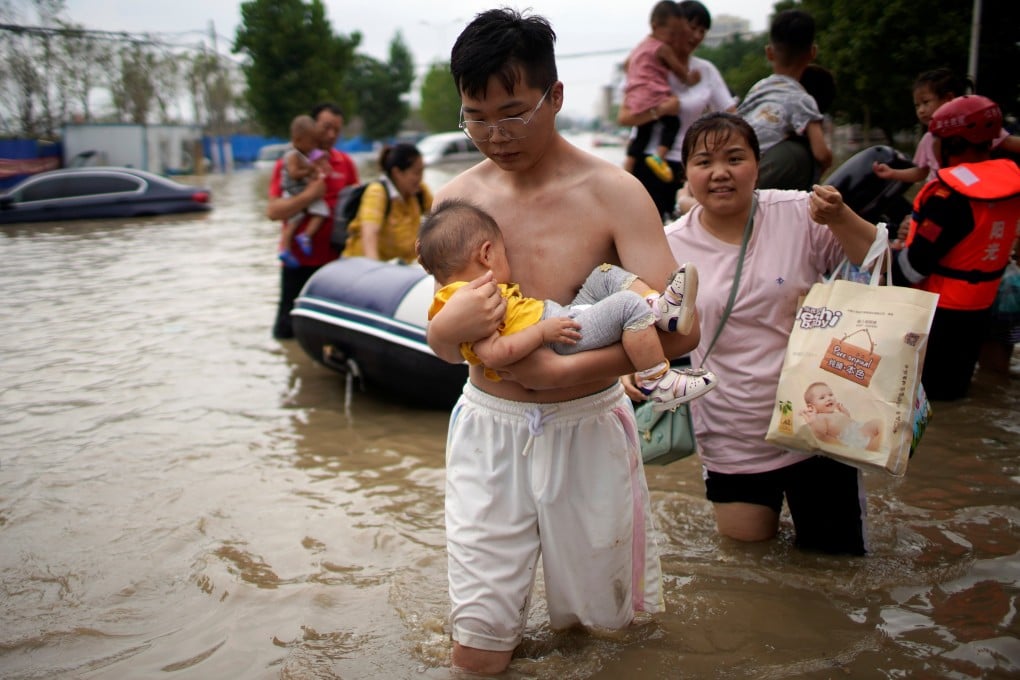Climate change: China suffered world’s second worst losses from floods in 2021, Swiss Re study shows
- China’s economic losses from flood-related events last year stood at US$25 billion, while losses in Europe totalled US$41.8 billion
- More than 50 major flood events claimed over 2,300 lives and caused US$82 billion of economic losses globally last year

China endured around US$25 billion of losses from floods – the world’s second worst after Europe – last year, but only a tenth was insured, according to Swiss Re Institute.
The lion’s share was attributed to extreme rainstorms in Henan province last July, which saw some US$19 billion of economic losses, where US$2.3 billion was covered, said the research unit of Swiss Re, one of the world’s biggest reinsurers.
Only Europe suffered more, recording over US$41.8 billion of flood-related losses when extreme rainstorms hit Germany and neighbouring nations in July, data from the Zurich-based firm’s latest research report on natural catastrophes showed. Some 32.5 per cent of the losses were covered.
Asia has historically been the most flood-loss hit and underinsured region globally. Last year, just 10.6 per cent of US$31.1 billion of flood losses were protected. That has slightly improved from the 7 per cent average between 2011 and 2020, but still trailed well behind 34 per cent in Europe.
“It is clear today that climate change will be the fundamental economic challenge of our time,” said John Zhu, the institute’s chief economist for Asia. “With climate change set to inflict heavy economic costs, infrastructure investments including flood defences can pay off substantially over the long run.”